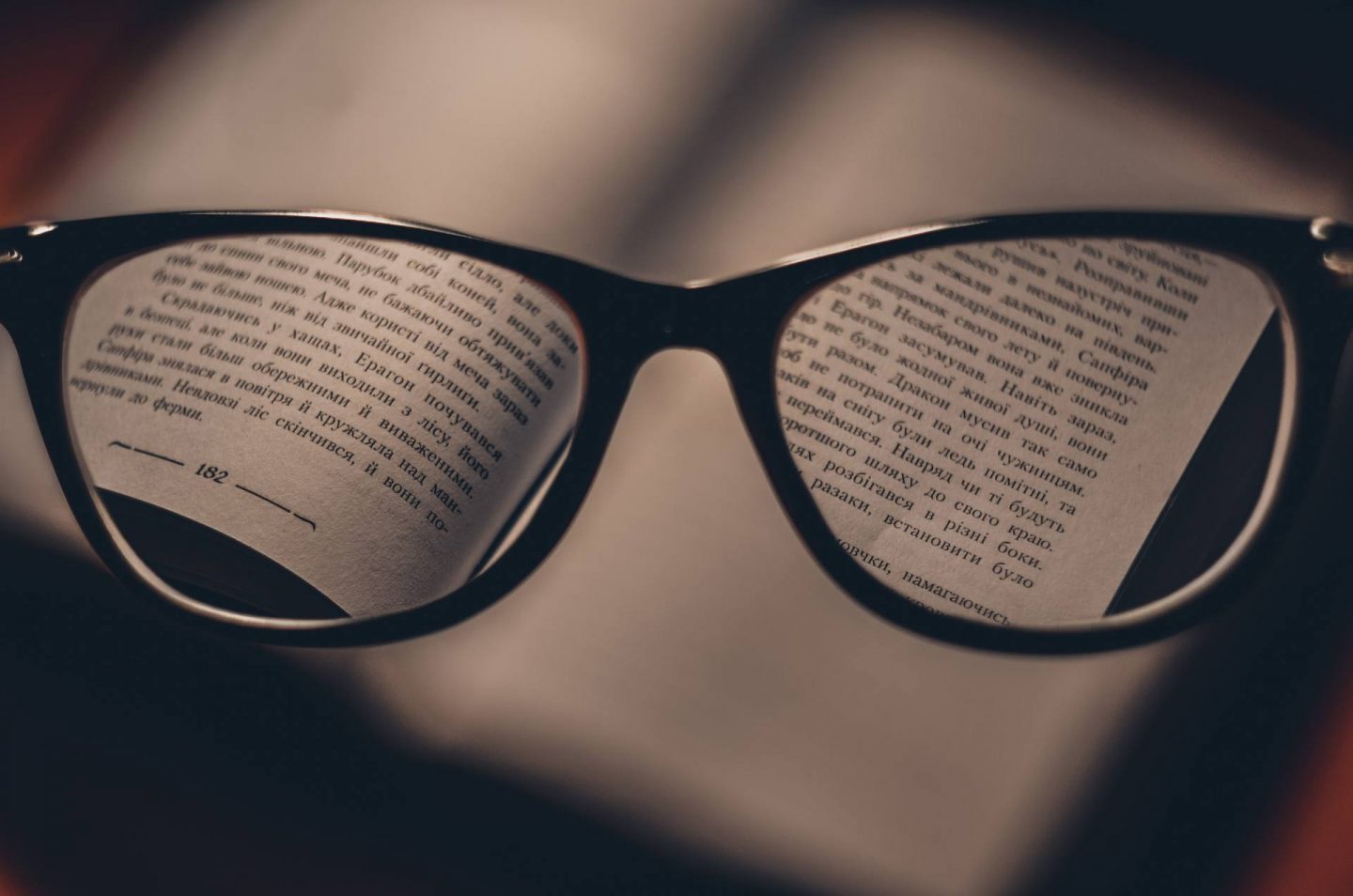*This is a collaborative post.
Any doctor’s appointment can be scary, but knowing what to expect before getting there makes it better. By knowing what kinds of questions to anticipate and the type of procedure you’ll be put through your mind will be at ease. Eye tests, like every other test, can make you anxious, especially if it’s your first time. From the moment you step through the door, to the moment you leave with your new Vera Bradley glasses in your bag, you’ll want to be aware of what is expected of you and what to expect yourself. Different types of tests can be done on the eyes, and your symptoms determine each test. The duration of these tests varies depending on the type of exam being done.

Before the test you can also go on Google and search for “Do I Need Glasses” to know more on this.
Exam types
Muscle test: this is a test that checks the condition of the muscles that control how your eyes move. It involves following an object that is held by your doctor.
Visual acuity: this is a test that looks into the clarity of your vision. A chart will be placed at a distance in front of you, and you’ll be asked to read what’s on that chart. The letters in the chart have different font sizes, and that’s what will help identify the sizes you can’t see and how good your vision is.
Refraction: light waves will be passed on your cornea to see whether you have a refractive error. The diagnosis helps identify the correct type of lenses.
Perimetry: this is used to test different aspects of your vision. It covers different forms like the confrontation exam that involves the doctor asking you to cover one eye as they sit in front of you. Automated perimetry consists of looking at a screen with blinking lights and reacting on every blink and manual testing that involves sitting in front of an object and telling the doctor when that object moves.
What they do
Like other medical exams, eye tests start with the recording of medical history. You’ll be asked several questions tied to the condition of the eye. It’s essential to be honest because your answers will play a significant role in the type of test and diagnosis. After understanding your history, your vision will be tested. Depending on the results, you’ll be given glasses or lenses. The final step of an eye exam is an internal check. You’ll be given a numbing agent in the form of eye drops. The doctor will most likely expand your eyelids when putting the drops. Once the numbing agent takes effect, the doctor will use appropriate tools to check both the front and back of the eyes.
Eye equipment
Autorefractor: this is used to test how your eyes focus.
Slit-lamp: this checks for abrasions on the cornea, iris, and lens.
Retinal camera: this takes pictures of the retina for monitoring.
Tonometer: this is mostly used to test the pressure of the eye to diagnose conditions like glaucoma.
Ophthalmoscope: this is used to shine a bright light on the retina, but it can also help identify other conditions like diabetes and high blood pressure.
Other types of testing include colour vision testing, glaucoma screening, retinal screening, and slit lamp exam. Whatever condition you may be suffering from, you would look for the most qualified professional with a search term like “eye test near me”. This is the best way for you to ensure that you get the best services and accurate diagnosis.

I had no idea that eye tests can determine if you have vision problems, checking from the front and the back of your eyes. My friend is having weird vision issues lately, especially blurry episodes. I’ll go ahead and share this with him so he’d consider visiting an eye doctor for a vision test.